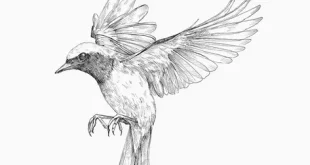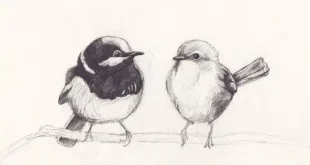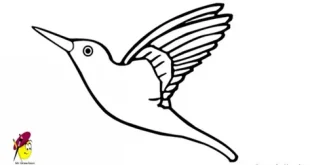Shagbird: A Unique Seabird of Coastal Waters
1. Introduction to the Shag Birds
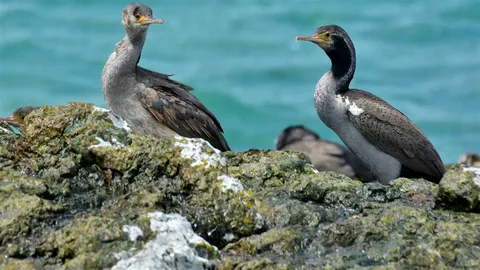
The Shag birds is an extraordinary seabird species known for its striking appearance and coastal habitat. It inhabits rocky shorelines, sea cliffs, and small islands across many oceanic regions worldwide. Distinguished by its long neck, sleek body, and glossy dark feathers, this bird often captures attention in marine landscapes. Observers admire its elegant flight patterns and ability to dive deep beneath waves in search of prey. With a reputation for resilience and adaptability, the Shag bird thrives in environments that are often harsh and unpredictable. Its presence along coasts is vital to ecosystem balance, reflecting both beauty and ecological importance. Generations of birdwatchers and naturalists have studied the bird with deep admiration. Understanding its lifestyle provides fascinating insights into seabird evolution and survival. This species remains an icon of marine diversity, connecting humans with the wonders of nature’s design.
2. Physical Features and Identification
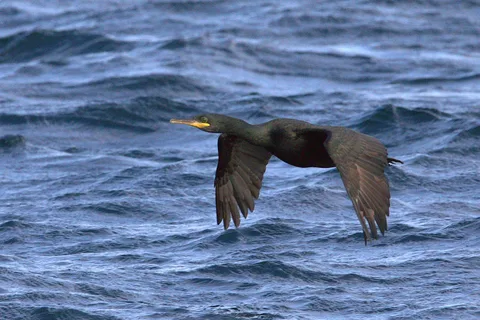
The Shag birds possesses distinct physical traits that make it easy to recognize among other seabird species. It has slender wings designed for gliding across open seas and strong feet suitable for gripping cliffs. The bird’s feathers are usually black with greenish or bluish iridescence, creating a shimmering effect in sunlight. Its piercing eyes stand out against the darker plumage, aiding vision during underwater dives. Unlike bulkier seabirds, its body remains streamlined, ensuring agility when navigating strong ocean winds. This characteristic physique provides evolutionary advantages in both hunting and survival. Juveniles often display browner tones, gradually darkening as they mature into adults. Sexual dimorphism is subtle, with males and females showing similar sizes and colors. Observers often rely on behavioral cues rather than distinct markings to differentiate genders.
3. Feeding Habits and Hunting Skills
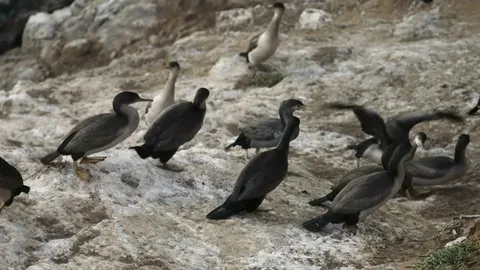
A remarkable aspect of the Shag birds lies in its unique feeding techniques and specialized hunting abilities. The bird primarily consumes small fish, crustaceans, and marine invertebrates found in shallow coastal waters. To catch prey, it dives skillfully beneath waves, sometimes reaching impressive depths in search of food. Its streamlined body and strong legs allow it to swim efficiently under water. Unlike surface feeders, this seabird pursues targets with precision and agility, often competing successfully with other predators. During group feeding, flocks sometimes coordinate dives, creating a spectacular display for onlookers along the shore. By maintaining diverse diets, these birds contribute to balancing fish populations and sustaining marine ecosystems. Their role as hunters emphasizes both ecological importance and adaptability in changing oceanic conditions.
4. Breeding Behavior and Nesting Sites
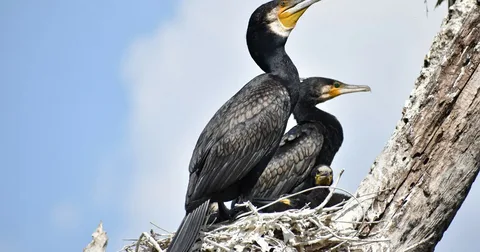
Breeding season is a significant time for the Shag birds, marked by elaborate rituals and nesting habits. Birds gather in colonies located on cliffs or isolated islands where safety from predators is higher. Males perform courtship displays, spreading wings and producing distinctive calls to attract potential mates. Once paired, couples work together to construct nests from seaweed, twigs, and available coastal vegetation. Eggs are typically pale in color, protected by attentive parents who alternate incubation duties. Hatchlings emerge vulnerable yet quickly adapt under careful guidance and nourishment from both adults. Fledglings develop diving skills gradually, preparing for independent survival in coastal waters. Breeding colonies create bustling communities where communication and cooperation remain essential. Conservationists monitor these colonies to ensure protection of fragile habitats and population stability. Observing such rituals provides valuable insights into the complex lives of seabirds and their environmental interactions.
5. Cultural Significance and Human Connection
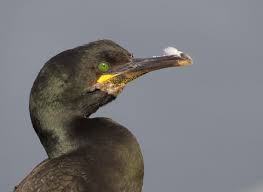
Throughout history, the Shagbird has held symbolic importance in coastal traditions and human storytelling. Fishermen often associated its diving behavior with predictions of fish availability near shorelines. Myths and folklore portray the bird as a messenger of the sea, representing endurance and mystery. Its distinct presence on rocky coasts inspired artists, poets, and explorers to celebrate marine life. Modern ecotourism emphasizes the bird’s beauty, attracting enthusiasts who travel long distances for observation. Birdwatching tours in coastal reserves often highlight its fascinating behavior as a centerpiece attraction. Communities living near colonies sometimes adopt protective practices to safeguard this bird’s natural environment. By linking cultural values with conservation awareness, humans have developed strong connections to seabird heritage. The species continues to inspire admiration, highlighting the enduring bond between people and wildlife. Its role reflects harmony between natural ecosystems and human appreciation for coastal biodiversity.
6. Conservation Efforts and Future Outlook Shag Birds
conservation plays a vital role in ensuring the Shagbird’s survival amid increasing environmental challenges worldwide. Coastal development, overfishing, and pollution threaten the delicate balance of marine habitats essential for the species. Climate change further complicates conditions by altering ocean temperatures and food availability in certain regions. International organizations collaborate with local communities to establish protected marine reserves and awareness campaigns. Laws regulating fishing practices also help prevent competition between humans and seabirds for vital resources. With proper protection, this species continues to thrive and contribute to ecological stability along coasts. The future outlook remains hopeful if conservation strategies are maintained effectively. Human responsibility and stewardship remain crucial in safeguarding natural habitats. By preserving this seabird, societies ensure that future generations experience its majesty and ecological value.
 Birds Drawing Birds Drawing
Birds Drawing Birds Drawing

